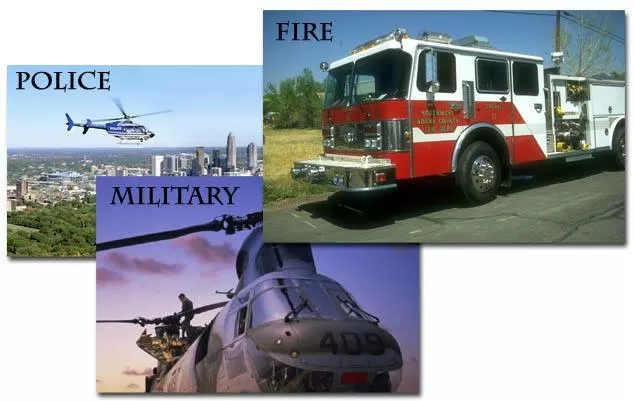Download our free Monitoring Fundamentals Tutorial.
An introduction to Monitoring Fundamentals strictly from the perspective of telecom network alarm management.
1-800-693-0351
Have a specific question? Ask our team of expert engineers and get a specific answer!
Sign up for the next DPS Factory Training!

Whether you're new to our equipment or you've used it for years, DPS factory training is the best way to get more from your monitoring.
Reserve Your Seat TodayYour dispatching system is important. Whether you work for a fire department, police department, government, railway, telecommunications company, or any other company with complex dispatching, the public depends on your performance. Lives are literally on the line.
The high human cost of failure in your industry is reflected in the insurance rates your pay. ISO standards are used to evaluate your ability to keep your dispatching system online during a crisis. You'll pay a much lower rate if you can prove that threats to your dispatch equipment and the underlying telecom network are detected quickly and dealt with before they cause a problem. If you don't have the right monitoring system, you'll suffer with insurance premiums that are much higher than they need to be, and the public will be in unnecessary danger.
Protecting your dispatching system with an effective remote monitoring system, then, is the right thing to do to both protect human lives and reduce your operating expenses.

Some "solutions" that vendors will sell you just aren't effective As important as monitoring your dispatching system is, don't run off and purchase a system without doing some analysis. This is, after all, a major infrastructure decision. You and your team (and the public you serve) will have to live with the consequences of your choice - good or bad - for many years to come.
That's why it's so important to understand what makes a good monitoring system to tackle the specific challenges associated with public safety dispatching systems.
What the right monitoring system looks like Fortunately, there are several clues you can look for that will help you identify monitoring gear that will be appropriate for your dispatching system:
The T/Mon central master station and NetGuardian alarm remotes are already in use at fire stations, 911 dispatch centers, police stations, and other public safety organizations in the United States and around the world. Here are a few case studies from public safety organizations: